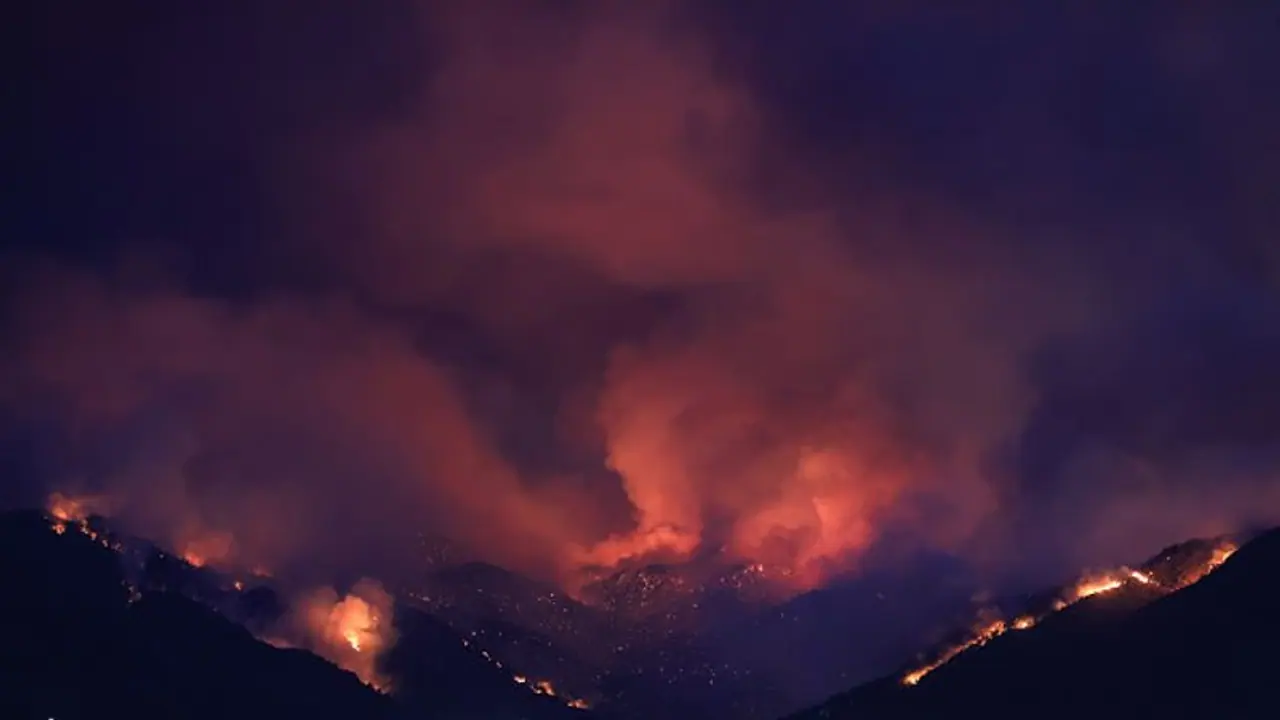It further noted that extreme weather and climate change impacts across Asia in 2020 killed thousands of people, displaced millions more, and cost hundreds of billions of dollars while wreaking havoc on infrastructure and ecosystems.
The United Nations announced Tuesday, before the COP26 meeting, that Asia had its warmest year on record in 2020, with severe weather putting a heavy toll on the continent's growth. In its annual "State of the Climate in Asia" report, the World Meteorological Organization (WMO) said every region was affected. It further noted that extreme weather and climate change impacts across Asia in 2020 killed thousands of people, displaced millions more, and cost hundreds of billions of dollars while wreaking havoc on infrastructure and ecosystems. The report further noted that extreme weather and climate change impacts across Asia in 2020 killed thousands of people, displaced millions more, and cost hundreds of billions of dollars while wreaking havoc on infrastructure and ecosystems.

The research comes only days before COP26, the United Nations Climate Change Conference, held in Glasgow from Sunday to November 12. The research also revealed the overall yearly average losses caused by climate-related disasters. China was predicted to have suffered a $238 billion loss, followed by India at $87 billion, Japan at $83 billion, and South Korea at $24 billion. However, when the size of the economy is taken into account, Tajikistan's average yearly losses are predicted to be as high as 7.9 percent of GDP, 5.9 percent for Cambodia, and 5.8 percent for Laos.
Also Read | UN report raises alarm over India's Mullaperiyar Dam, says 126-yr-old dam has outlived its life
According to the research, many weather-related and climate-related displacements in Asia have been protracted, with individuals unable to return home or assimilate locally. Floods and storms harmed about 50 million people in Asia in 2020, resulting in over 5,000 fatalities. This is lower than the yearly average over the previous two decades (158 million people impacted and around 15,500 fatalities) and "testifies to the efficacy of early warning systems in several Asian nations," with almost seven out of ten people protected. The average temperature in Asia was 1.39 degrees Celsius, higher than the 1981–2010 average.
Average sea surface temperatures in the Indian, Pacific and Arctic Oceans hit record highs in 2020. In and around Asia, sea surface temperatures and ocean warming are rising faster than the world average. They have been warming at a rate more than three times that of the Arabian Sea and sections of the Arctic Ocean. The minimum area of Arctic sea ice (after summer melt) in 2020 was the second-lowest on the satellite record since 1979.
Also Read | UN bulletin reveals quantities of greenhouse gases in atmosphere hit new highs in 2020
